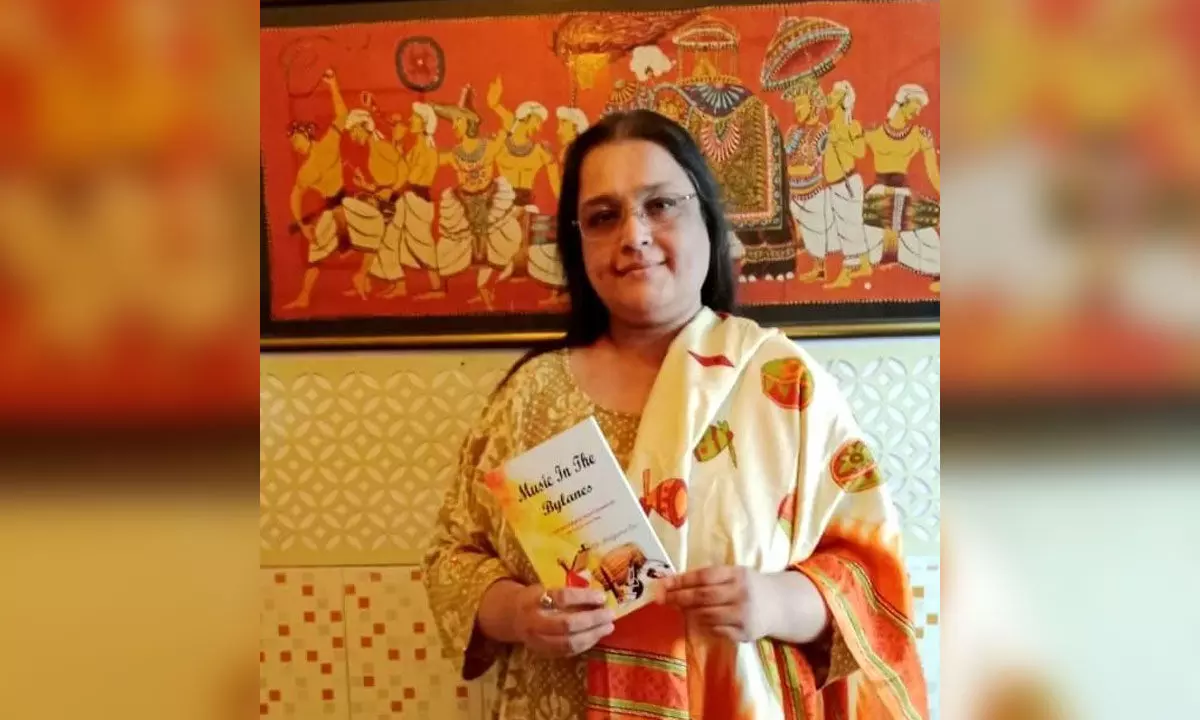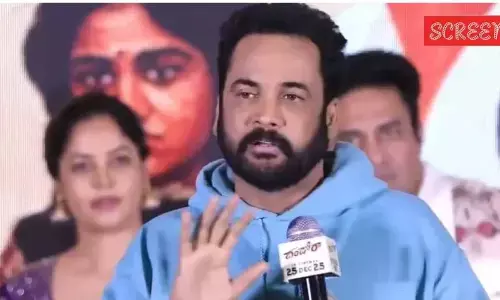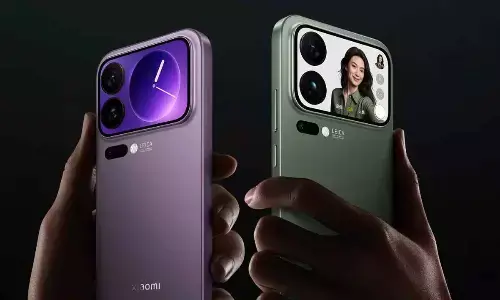Reviving rare musical instruments

Dr Alokparna Das talks about her latest book, ‘Music in the Bylanes’, which is an attempt to understand regional musical instruments, their significance within the regional culture, their present state, and the urgent need for their revival, preservation and propagation. The research undertaken by Dr Alokparna as InterGlobe Heritage Fellow is the basis of this book
A print journalist for 30 years, Dr Alokparna Das is also a trained musician, having learnt both Hindustani and Carnatic classical styles. Her academic qualification includes Ph.D. in Advertising and three M.A. degrees. She has published more than one thousand articles in newspapers, several research papers in academic journals, short stories and four books, and also won awards for her writing. As an amateur photographer, Alokparna has participated in various exhibitions and won awards for her photographs. Prof Shiv Sethi had a conversation with her about her literary accomplishments.
Interview Excerpt
You have published four books, of which two have won awards. Besides several news articles and academic research papers, you have also published short stories. Take us through your literary journey and what inspires you to write.
Let me first talk about inspiration. For all of us, life is the biggest inspiration and the greatest teacher, and like many other writers, I, too, get my ideas from everyday life. I have heard professional writers say that ideas for writing come to them only when they are inspired. As a working journalist for three decades, I have had the compulsion of being inspired everyday as writing daily news and features was my profession. As a short story writer, my ideas are based on my observations and experiences. I am also inspired by history and mythology and my award-winning short stories are based on them. As a non-fiction author, my ideas are based on my academic training and research in Indian culture. When writing academic research papers on mass media, my ideas are based on current trends that I analyse as a media educator. Writing is both a job and a passion for me. Every morning, idea is the imaginary friend I drink my tea with; and writing is a tool for crystallising those ideas. Stories are not just made of ideas; they are made of life. Hence, my literary journey is a reflection of my journey as an individual. I believe that variety makes life interesting. Writing news is very different from writing a short story and writing on music is different from writing on mass media. I have, so far, experimented with various genres – from journalism to mystery story to historical fiction to writing on rare musical traditions. I have published more than one thousand articles in newspapers and magazines, and several research papers on mass media in academic journals. My first book, Prominent Hindu Deities: Myths & Meanings, found mention in Encyclopedia of Hinduism. My second book, Haveli Sangeet, won the Golden Book Award and the IIWA Woman Writer of the Year title. My third book, Abodes of the Sun God, won the Non-Fiction Author of the year in 2022. My first short story, The Charioteer, was one of the winners at a national-level creative writing competition; so was my fifth short story, The Lord of Avanti. My thesis, on other hand, was on advertising in India.
Tell us about your latest book ‘Music in the Bylanes’.
My latest book, ‘Music in the Bylanes’, is on rarely heard regional musical instruments, particularly the Taus, Nafiri, Shreekhol, Saranda and Sarinda, and the need to revive and preserve such instruments. Every musical instrument is endowed with an individual character that is rooted in the ethos of its region. My book is an attempt to understand regional musical instruments, their significance within the regional culture, their present state, and the urgent need for their revival, preservation and propagation. The research undertaken by me as InterGlobe Heritage Fellow is the basis of this book.
What prompted you to write about traditional musical instruments?
The world of traditional art forms is fast shrinking and this is especially true in the case of musical instruments. Music and musical instruments represent the intricacies of both tangible and intangible heritage. Modernity, combined with the need for ease of playing, has led to the death of many traditional instruments. In such a scenario, documenting and celebrating master musicians and craftspersons who are associated with rare musical instruments is the need of the hour.
Was doing research on rare instruments challenging?
Yes. Since this book focuses on rare musical instruments such as the Taus, Nafiri and Sarinda, to begin with, it was a challenge locating musicians and instrument-makers associated with these instruments. It was also a challenge in certain cases to find someone who, besides being a talented exponent, could also communicate well about the nuances of the art form and its allied professions. Luckily, the musicians and instrument-makers I met were forthcoming in sharing their knowledge with me. The final outcome was an enriching experience.
This is your fourth book. Do you want each book to stand on its own, or are you trying to build a body of work with connections between each book?
While each of my books stands on its own, two of my books – ‘Prominent Hindu Deities: Myths & Meanings’ and ‘Abodes of the Sun God’ – are on religion. The other two, Haveli Sangeetand Music in the Bylanes, are on lesser known musical traditions. Similarly, three of my short stories deal with urban life, though each is in a different genre from the other.














